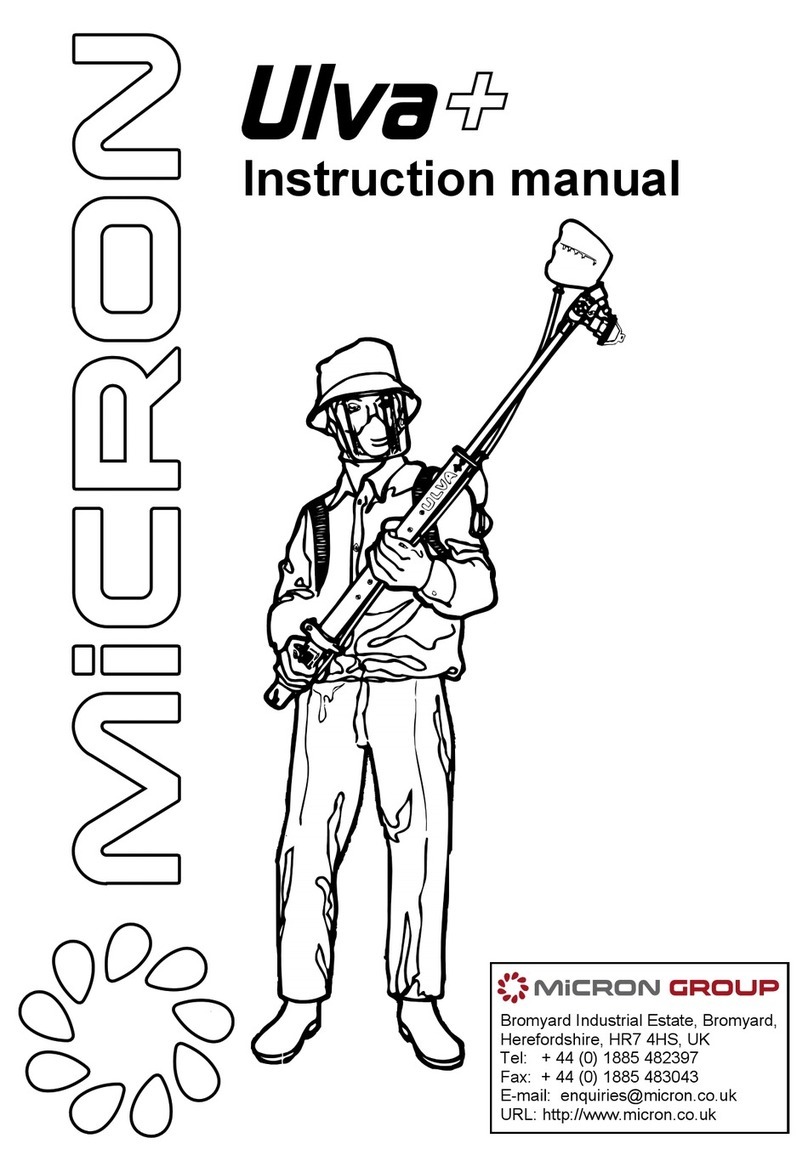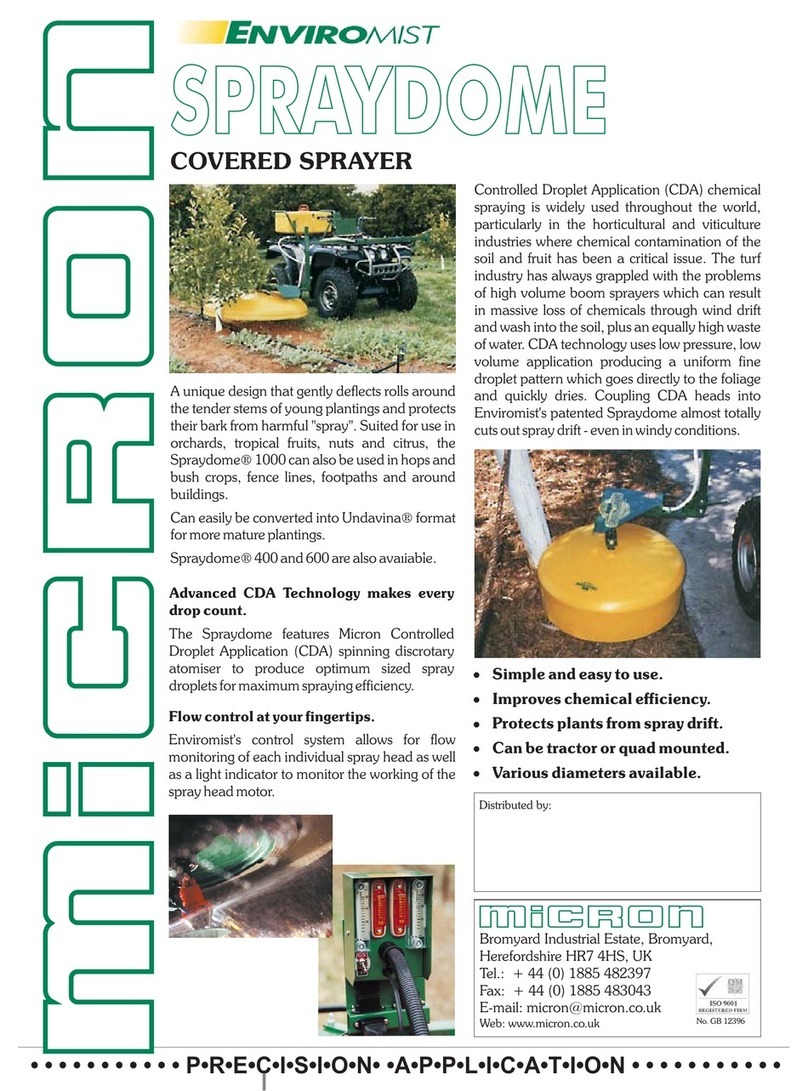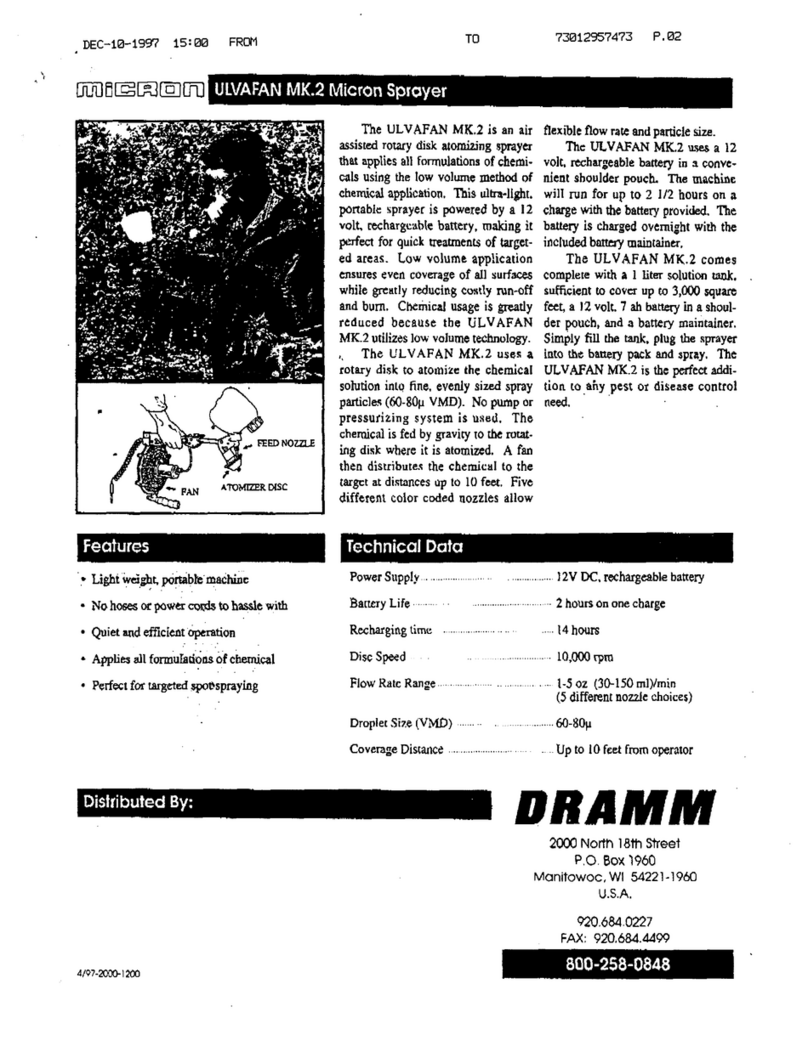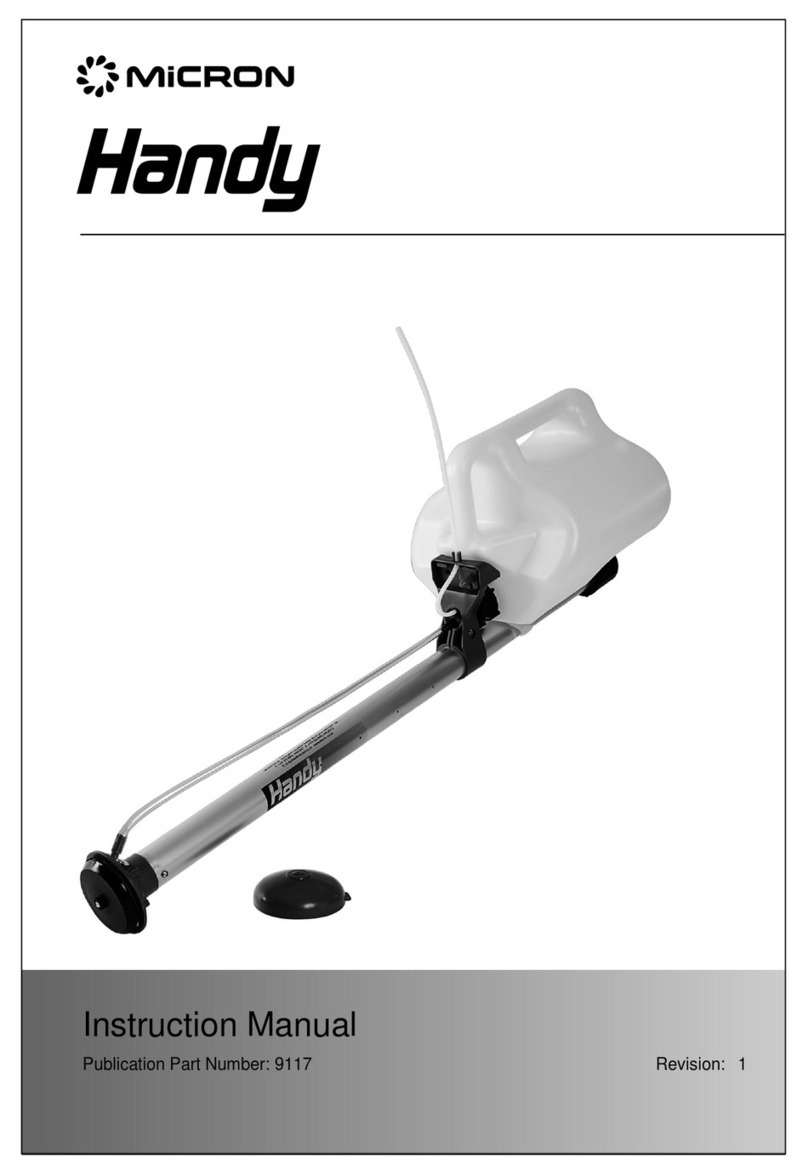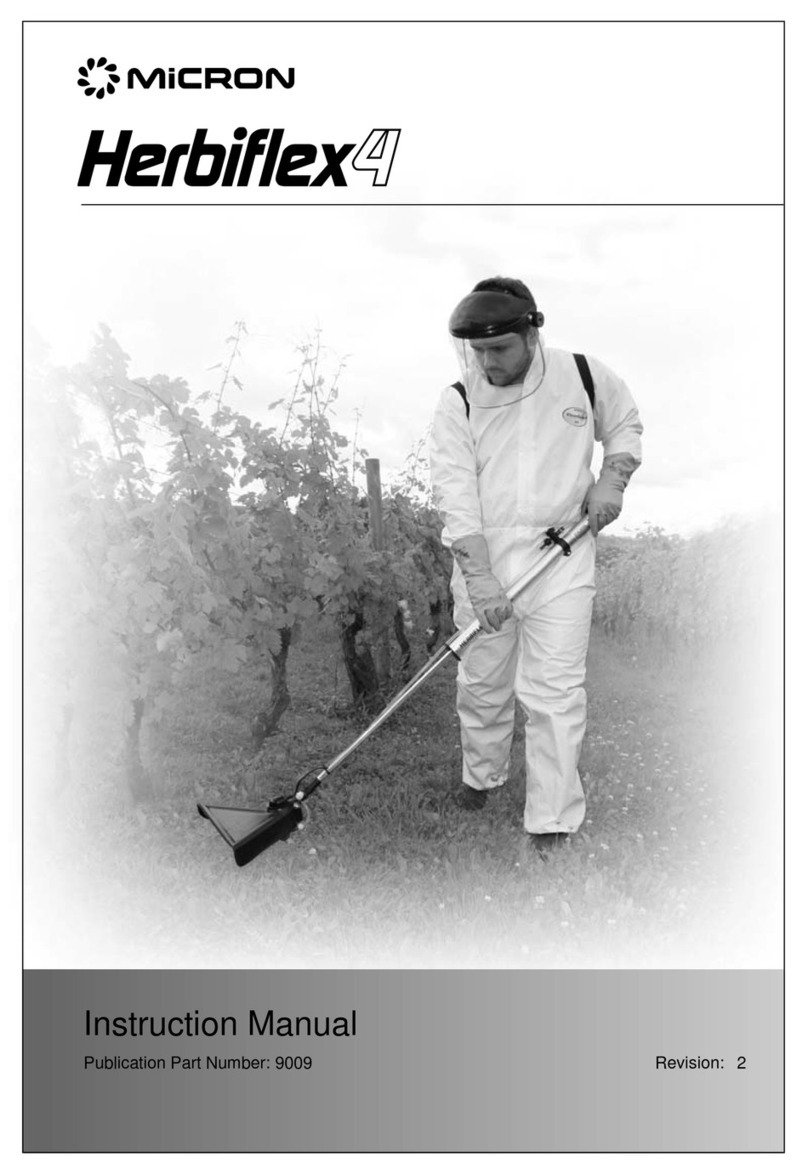
TABLE OF CONTENTS
1. INTRODUCTION.....................................................................................1
2. SPECIFICATION.....................................................................................2
3. INSTALLATION.......................................................................................4
3.1 Installation on Vehicle...................................................................4
3.2 Assembly of Sprayer.....................................................................4
3.3 Electrical Installation and Test......................................................5
4 CONTROLS.............................................................................................5
4.1 Pump and Valves..........................................................................6
4.2 Engine ..........................................................................................6
4.2.1 Engine Controls.................................................................7
4.2.2 Engine Start/Stop Preocedure...........................................8
4.2.3 Using Remote Starter........................................................8
4.2.4 Using Engine Key Switch..................................................9
4.2.5 Using Manual Engine Starter ............................................9
4.2.6 Engine Stop.....................................................................10
5 SAFETY.................................................................................................10
5.1 Using Pesticides.........................................................................10
5.2 Engine Safety .............................................................................11
6 CALIBRATION .......................................................................................12
6.1 Measure the Forward Speed of the Vehicle................................12
6.2 Select a Suitable Track Spacing.................................................12
6.3 Calculate required Flow Rate from the Sprayerr.........................13
6.4 Set the Flow Rate.......................................................................14
6.5 Select the Correct Droplet Size...................................................16
7 SPRAYING PROCEDURE.....................................................................17
7.1 After Use.....................................................................................17
7.2 Cleaning .....................................................................................18
7.3 Additional Applications................................................................18
8 MAINTENANCE.....................................................................................18
8.1 Engine ........................................................................................18
8.1.1 Oil .................................................................................18
8.2 Fan .........................................................................................19
8.3 Pump .........................................................................................19
8.4 Atomiser .....................................................................................20
9 FAULT FINDING....................................................................................22
10 PARTS.................................................................................................24
10.1 AU8115MS Main Components .................................................24
10.2 AU8115MS Pipework Components ..........................................28
10.3 AU8115MS Sprayhead Components........................................32
10.4 AU8115MS Atomiser Components...........................................33
10.5 EX7008 Pump Components .....................................................34
10.6 5881A Filter Components.........................................................35
10.7 EX7463 Electric Throttle Actuator Components........................36
11 ELECTRICAL SCHEMATIC.................................................................36

